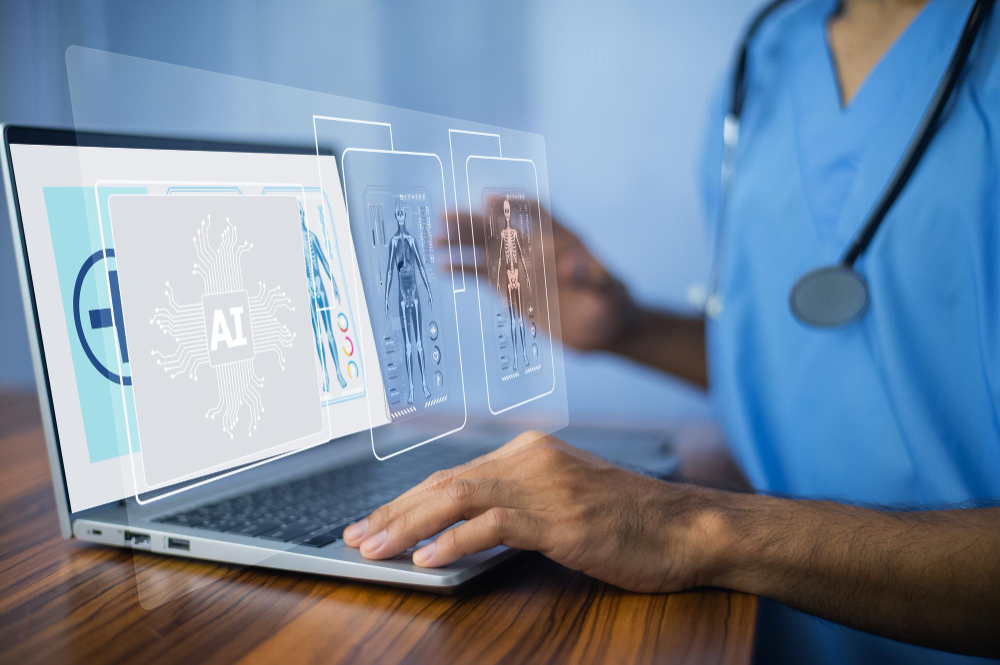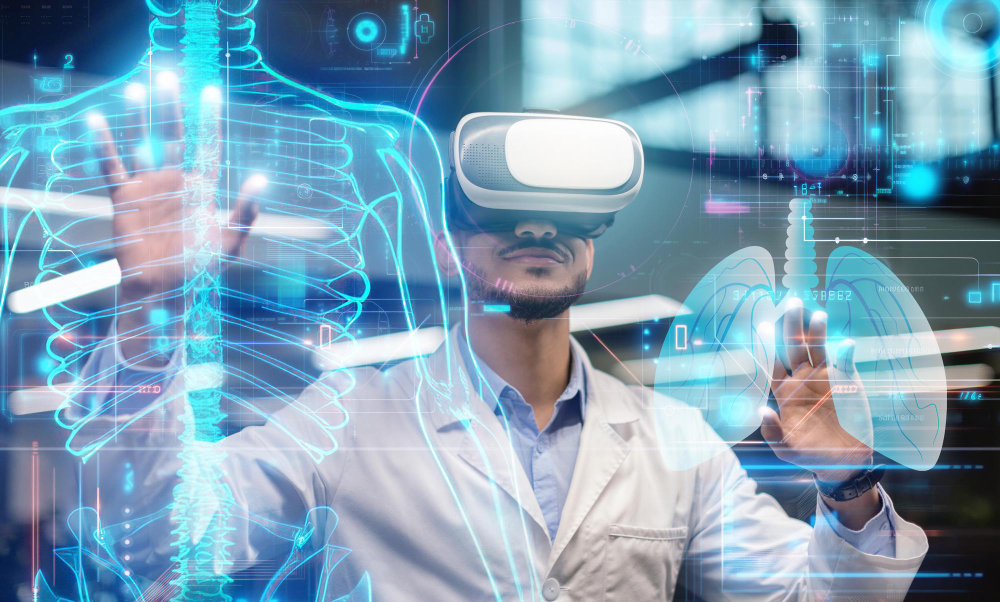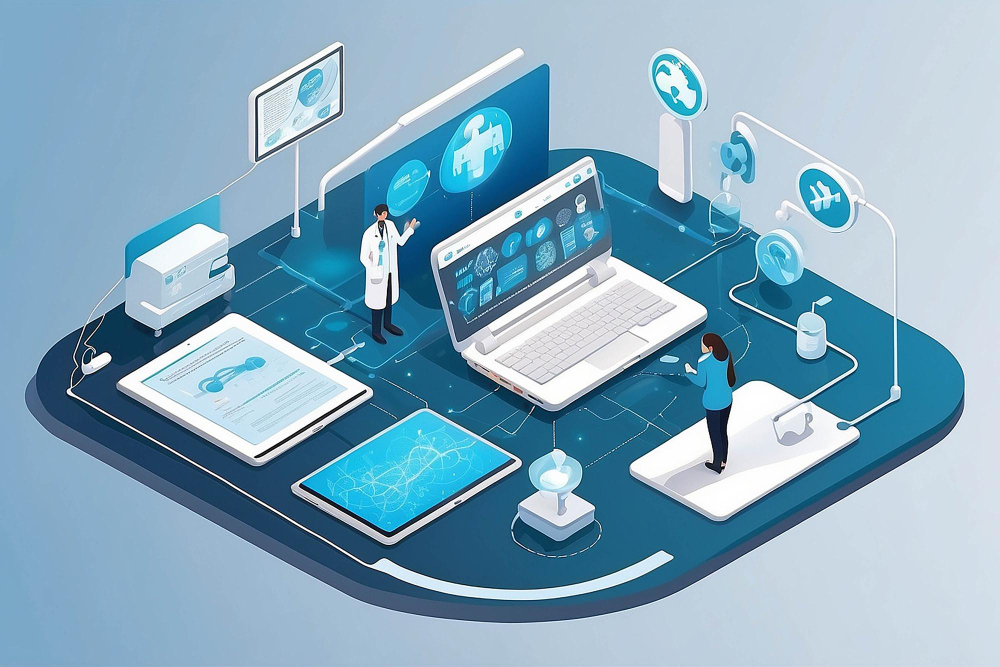technology
TagThe Impact of Aging Population on Healthcare Services
The global population is aging rapidly, presenting both challenges and opportunities for healthcare systems worldwide. As people live longer, the demand for healthcare services is increasing, necessitating adaptations in care delivery, resource al…
The Role of Telehealth in Chronic Disease Management
Chronic diseases, such as diabetes, heart disease, and COPD, affect millions of people worldwide and pose significant challenges to healthcare systems. As technology advances, telehealth has emerged as a powerful tool in managing these long-term c…
How Tech Careers are Revolutionizing Healthcare and Enhancing Patient Care
Healthcare is both built upon and resistant to change. On the one hand, doctors, nurses, and researchers lean on trusted solutions to old problems. On the other hand, technological innovations are rapidly improving the way that healthcare provider…
The Impact of COVID-19 on Healthcare Staffing and Employment
The COVID-19 pandemic has profoundly reshaped the healthcare staffing landscape, creating unprecedented challenges and opportunities for the industry. This seismic shift has affected everything from workforce demands to employment practices, leavi…
The Top Medical Breakthroughs of 2024 and What They Could Mean in the Future
As we look back on 2024, several groundbreaking medical advancements have emerged, promising to revolutionize healthcare and improve patient outcomes.
1. mRNA Vaccine Technology Expansion
Building on the success of mRNA vaccines for COVID-19, r…
The Digital Revolution in Healthcare: Transforming the Industry
The healthcare industry is undergoing a profound transformation driven by digital innovations. Artificial intelligence (AI), telemedicine, big data analytics, and other cutting-edge technologies are revolutionizing how healthcare is delivered, man…
The Impact of New Technologies on Healthcare Training Programs
In recent years, the integration of advanced technologies into healthcare training programs has dramatically reshaped the educational landscape for future medical professionals. These technologies not only enhance learning experiences but also pre…
Innovative Healthcare Careers Sparked by Evidence-Based Practice
Healthcare is constantly evolving to keep up with the most scientifically supported approaches to achieving good patient outcomes. Evidence-based practice is a concept that fully embraces that essential healthcare truth. Every patient is an indivi…
Why Digital Upskilling is Your Key to a Resilient Healthcare Career
Any healthcare profession requires a significant amount of in-depth knowledge. This is why continuous education (CE) is required to maintain licensing for many professionals. Nurses, physicians, and pharmacists are among those who must attend boar…
The Growing Demand for Teletherapy: Exploring the Benefits and Challenges of Virtual Mental Health Services
The landscape of mental health support has undergone significant transformation over the years. Traditional in-person therapy, a longstanding pillar of psychological care, has witnessed a notable evolution with the advent of teletherapy. This digi…










